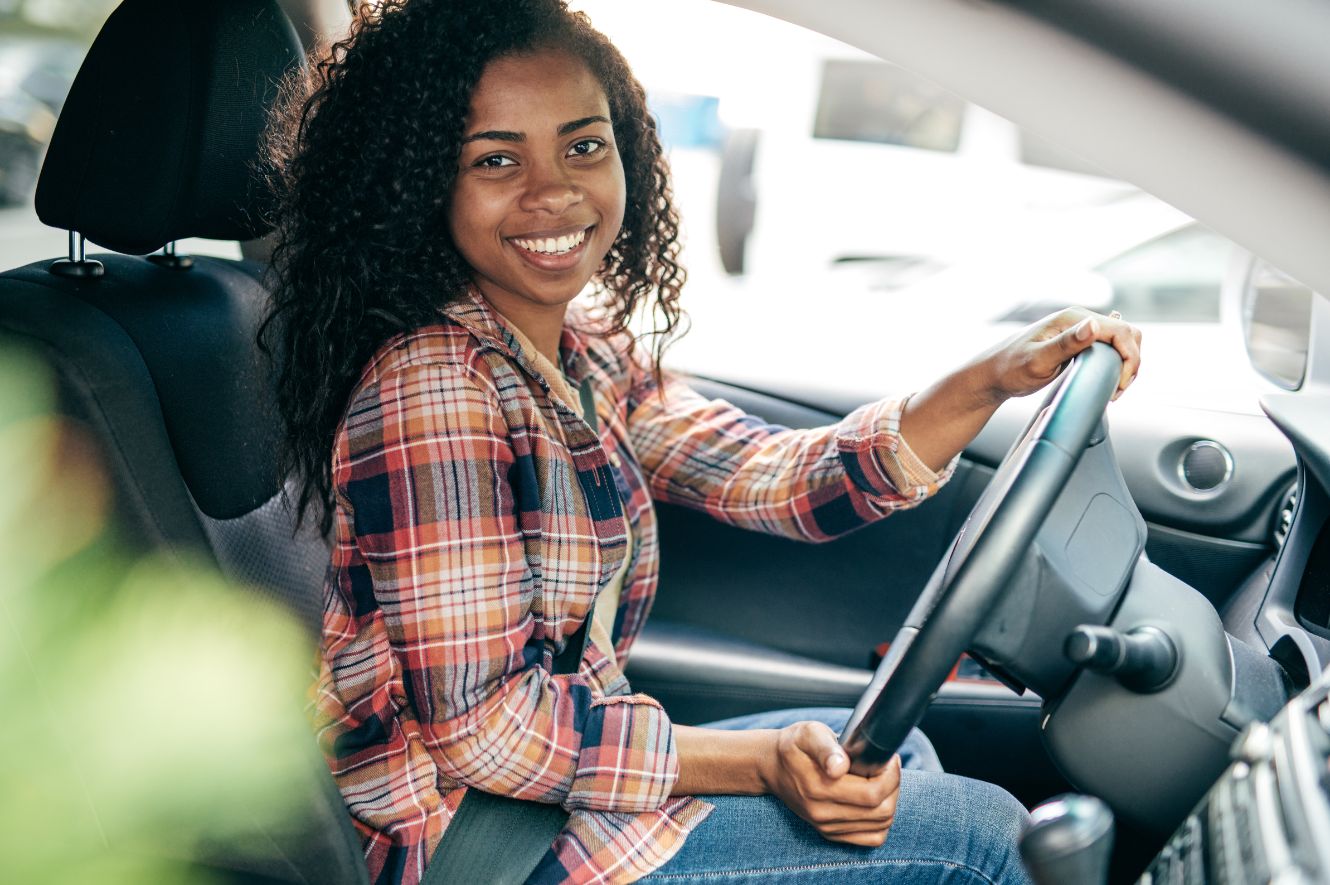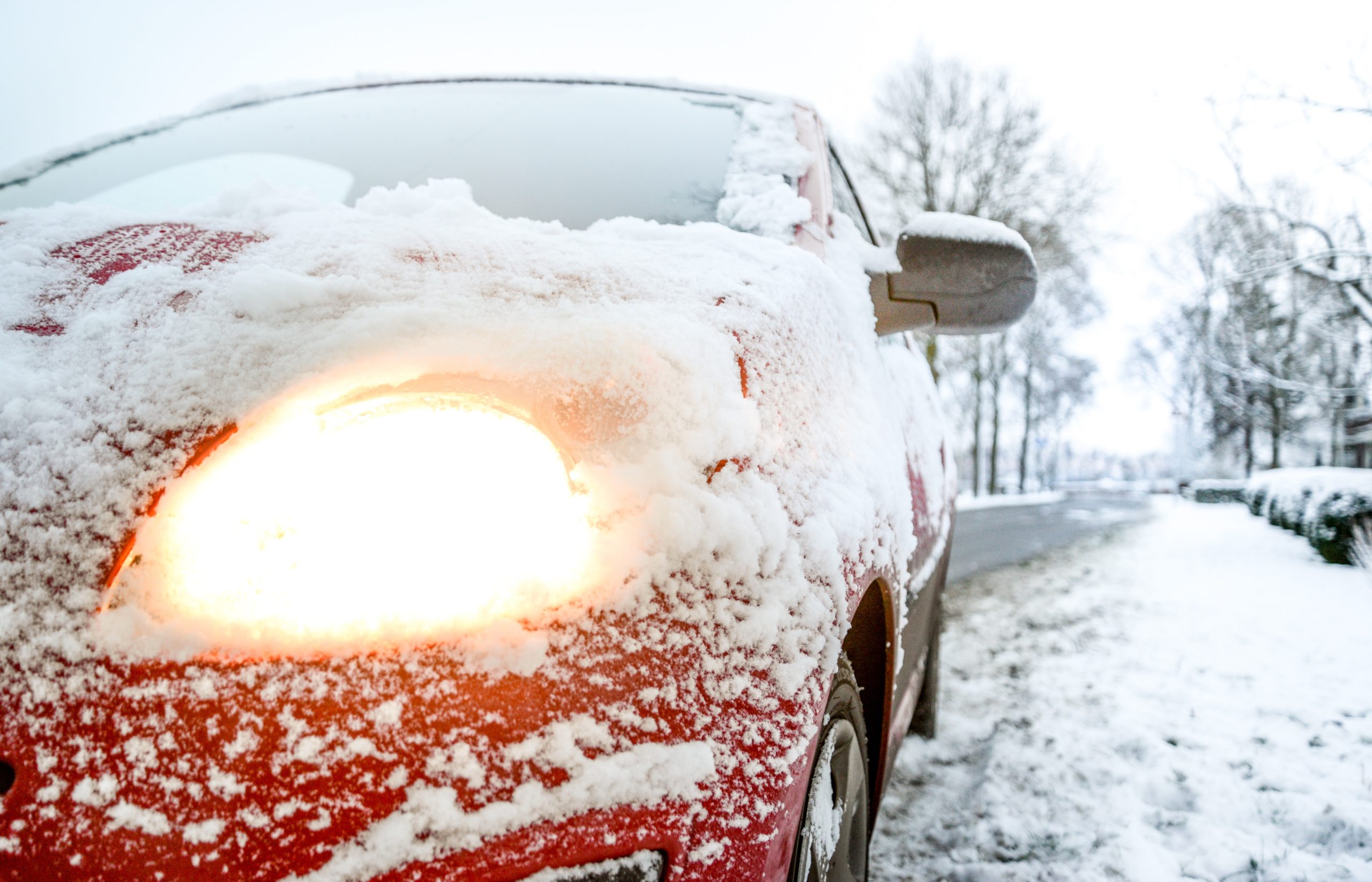Teen Drivers and Distractions: What Parents Should Know

Keeping teen drivers safe on the road isn’t about hovering, it’s about giving them the tools, habits, and support they need to make smart choices when it matters most.
Phones and driving don’t mix. And for teen drivers, that mix can turn tragic fast. With so many distractions just a swipe away, it’s no surprise that motor vehicle crashes are still the #1 cause of death for U.S. teens. But the good news? These tragedies are preventable.
Here’s what parents, educators, and communities can do to help teens stay safe on the road.
Why Teen Drivers Are Especially at Risk
Let’s be honest, teens are still learning. Their brains are still developing. So is their sense of risk, judgment, and experience behind the wheel.
When they reach for their phones while driving, they’re not just breaking a rule, they’re missing stop signs, drifting into the wrong lane, or worse. A quick glance at a text might not seem like much, but it’s enough to turn a normal day into a life-altering one.
The Numbers Speak for Themselves
Teens between 15–20 have the highest rate of distraction-related fatal crashes. In 2024 alone, over 3,000 crashes involved teen drivers using their phones.
Even more alarming? Over a third of teens say they scroll social media while driving. That’s not just a bad habit, it’s deadly.
How Distraction Impacts Driving
Distractions come in three forms:
-
Mind off the road (thinking about a text)
-
Hands off the wheel (changing a song)
-
Eyes off the road (reading a notification)
Many teens experience all three at once. A 5-second glance while going 55 mph? That’s like driving the length of a football field blind.
What Parents Can Do (And It Makes a Big Difference)
You don’t need to be a lawyer or expert to help your teen drive safer. You just need to be present and proactive.
-
Be the example – Put your own phone down when you drive.
-
Create a driving contract – Set expectations and stick to them.
-
Limit risky situations – Fewer passengers and less night driving lowers crash risks.
-
Talk about the tough stuff – Use real stories from the news as teachable moments.
These aren’t just tips, they’re lifelines.
Community Programs That Make an Impact
Safety starts at home, but schools and communities can help it grow.
-
Peer-led campaigns drive the message home in a way teens respect.
-
Driver’s ed now includes modules on distracted driving.
-
Crash survivor talks and simulations make the risks real.
When teens see how their choices can change lives, they pay attention.
When Tech Helps, Not Hurts
Phones can be part of the problem, but they can also be part of the solution.
-
Apps like DriveMode and SafeDrive silence notifications while driving.
-
Built-in safety settings like Apple’s “Do Not Disturb While Driving” reduce temptation.
-
Parental tools like Bouncie help you monitor speed, location, and phone use.
Turning distraction into discipline? That’s a win.
The Law Is Catching Up
Most states now restrict phone use for teen drivers, and the penalties are serious, fines, license suspensions, and insurance rate hikes. But laws alone aren’t enough.
Advocacy groups continue to push for tougher rules and broader education. Staying informed about your local laws is one more way to protect your child.
Let’s Make the Road Safer: Together
Teens aren’t bad drivers. They’re just new to it. And like anything new, they need support, guidance, and clear boundaries.
At Onward Injury Law, we’re here for families facing the aftermath of distracted driving. But more than that, we’re here to prevent those tragedies in the first place, by sharing knowledge, empowering parents, and protecting what matters most.
Sources from this article:
- Motor vehicle crashes remain the leading cause of death for U.S. teens:
- Source: Centers for Disease Control and Prevention (CDC)
- Drivers aged 15–20 involved in more distraction-related fatal crashes than any other age group:
- Source: National Highway Traffic Safety Administration (NHTSA)
- Texting while driving increases crash risk by 23 times:
- Source: Virginia Tech Transportation Institute (VTTI)
- 35% of teens admit to using social media apps like Snapchat or Instagram while driving:
- Source: AAA Foundation for Traffic Safety (AAAF)
- 5-second glance at a phone while driving equals a football field at 55 mph:
- Source: National Highway Traffic Safety Administration (NHTSA)



